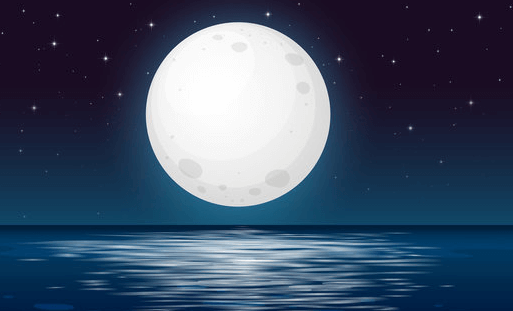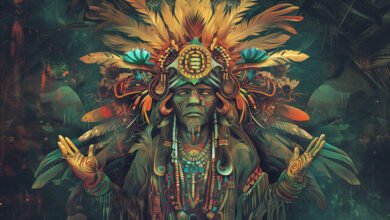Drawing:1funjtjfum4= Moon

The act of Drawing:1funjtjfum4= Moon extends beyond mere representation; it serves as a profound exploration of its rich symbolism and the emotional resonance it carries. Artists often grapple with the challenge of capturing the moon’s luminescent quality while employing various techniques that enhance depth and texture. As we examine the materials and tools that can elevate this artistic endeavor, a deeper inquiry arises: what intrinsic qualities of the moon compel artists to depict it, and how can these interpretations vary across different cultural contexts? The answers may reveal more than just artistic preference.
The Symbolism of the Moon
Throughout history, the moon has served as a powerful symbol across various cultures and artistic expressions, embodying a myriad of meanings that resonate deeply with the human experience.
In lunar mythology, it represents femininity, intuition, and cycles of life, while its role in celestial navigation underscores humanity’s quest for freedom and exploration.
The moon, thus, inspires both creativity and a longing for liberation.
Techniques for Moon Drawing
The allure of the moon has not only inspired rich mythology and cultural significance but also serves as a captivating subject for artists and illustrators.
Employing effective shading techniques is crucial for rendering lunar textures, allowing the artist to depict the moon’s craters and surface variations.
Materials and Tools Needed
A selection of high-quality materials and tools is essential for achieving a realistic representation of the moon in artistic practice.
Consider your paper selection carefully; smooth, heavyweight paper enhances detail and texture.
Ideal drawing mediums include graphite, charcoal, and colored pencils, each offering unique qualities for capturing the moon’s ethereal glow and surface intricacies, allowing for expressive freedom and creativity in your artwork.
Read Also Printable:9a2kcptem2c= Dok Wheel
Inspiring Moon Artworks
Moonlit scenes have long captivated artists, evoking a sense of wonder and mystery that transcends cultures and time periods.
The celestial influence of the moon inspires countless artworks, reflecting themes rooted in lunar mythology. From Van Gogh’s swirling night skies to traditional Eastern depictions of lunar deities, these pieces explore the profound connection between humanity and the cosmos, inviting viewers to embrace their own artistic freedom.
Conclusion
In conclusion, the Drawing:1funjtjfum4= Moon serves as a timeless muse for artists, embodying both mystery and inspiration. Through the careful application of shading techniques and attention to detail, the lunar landscape transforms into a canvas of ethereal beauty. The right materials and tools further elevate this artistic endeavor, allowing for the creation of stunning representations. Ultimately, the act of drawing the moon becomes a journey through the cosmos, where each stroke captures the essence of its celestial glow.





